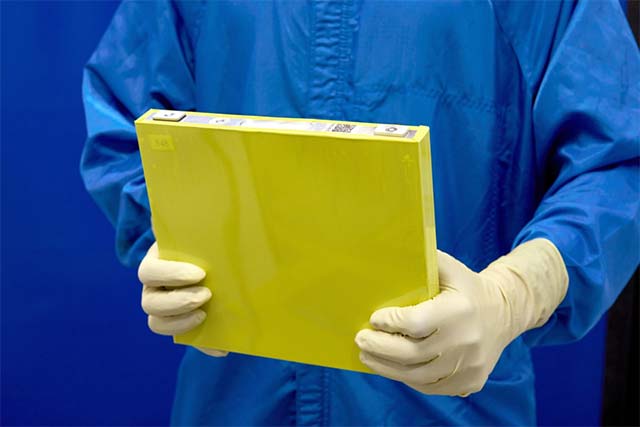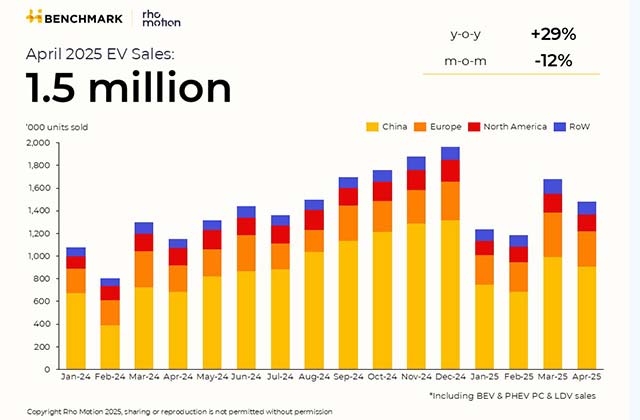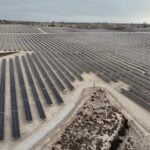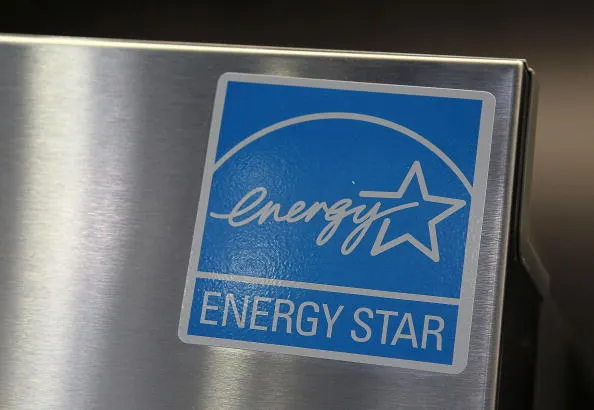Efficient Narrow Bandgap Pb‐Sn Perovskite Solar Cells Through Self‐Assembled Hole Transport Layer with Ionic Head
Advanced Energy Materials, Volume 15, Issue 18, May 13, 2025.

A novel self-assembly monolayer molecule with an ionic substituent is synthesized and successfully employed as a hole transport layer in narrow bandgap Pb-Sn perovskite solar cells. The champion efficiency of 23% and high open-circuit voltage (0.88 V) is obtained thanks to the suitable energetic alignment of the ITO/SAM with Pb-Sn perovskite and its ability to simultaneously passivate negative and positive buried interface perovskite defects.
Abstract
Single-junction perovskite solar cells (PSCs) have achieved certified power conversion efficiencies (PCEs) of 26.1%, which approaches their practical performance limit. Multi-junction tandem solar cells can unlock even higher PCEs, where narrow-bandgap lead-tin (Pb-Sn) perovskites, with a bandgap of 1.21–1.25 eV, are well-suited as the bottom photo absorber in all-perovskite tandems. Bulk engineering and surface treatments of Pb-Sn perovskites using Lewis base molecules have been shown to reduce the defect density within the bulk and at the electron transport layer interface, thereby improving device performance. Nevertheless, the buried interface between Pb-Sn perovskite and the commonly used hole transport layer PEDOT:PSS remains problematic due to the reactivity of polystyrene sulfonate (PSS) with Sn2+ ions, which negatively impacts device performance. To overcome this issue, a novel carbazole-based self-assembled monolayer, BrNH3-4PACz is synthesized, that provides a suitable dipole moment at the indium-tin oxide interface for efficient hole extraction and features an ionic ammonium head group that passivates the perovskite at the buried interface. This dual functionality enabled the fabrication of a p-i-n architecture Pb-Sn PSC with a bandgap of 1.24 eV, achieving a champion PCE of 23% and an open-circuit voltage of 0.88 V, which ranks among the highest reported values in the literature.
















































































































































